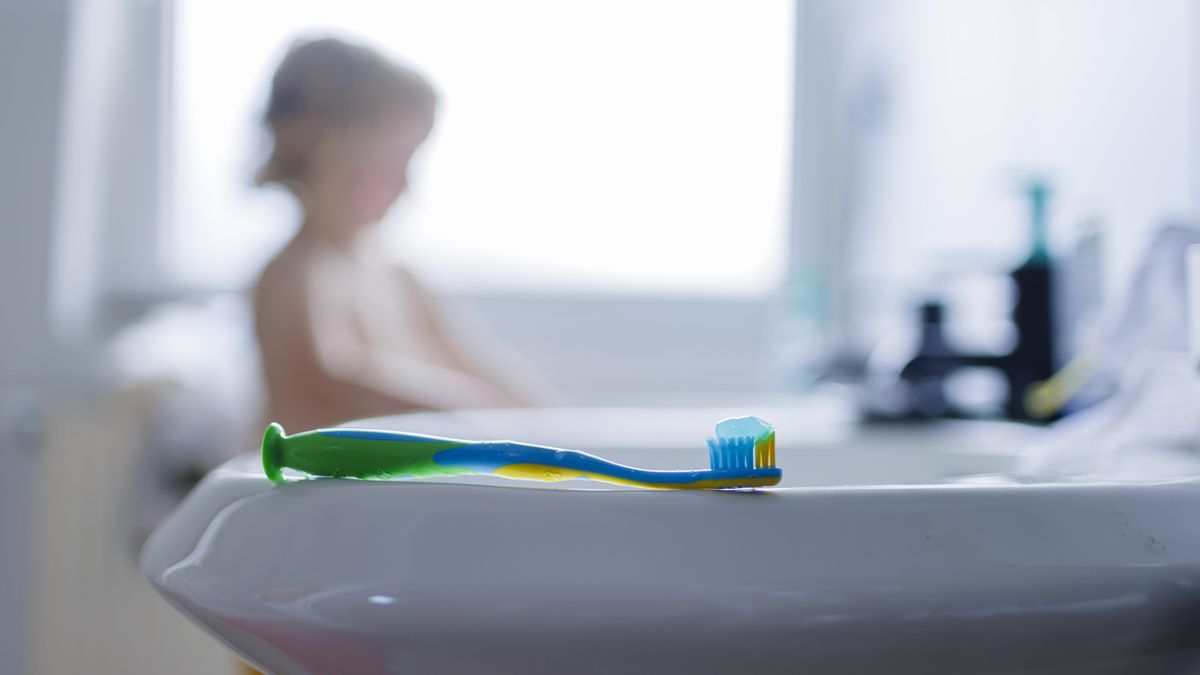Showerheads and toothbrushes are teeming with never-before-seen viruses, researchers have found.
The scientists made the discovery after studying samples collected from 96 showerheads and 34 toothbrushes from bathrooms in the United States. These samples contained 614 viruses, many of which are likely new to science.
Although the idea of viruses on your toothbrush may trigger heebie-jeebies, this discovery isn’t a cause for concern, the team said. The viruses are bacteriophages, or “phages,” which infect bacterial cells, rather than humans.
What’s more, these newfound viruses could be useful for developing treatments against antibiotic-resistant superbugs. Scientists are working to develop “phage therapies” that use viruses to supplement or replace traditional antibiotics, beating back the defenses of dangerous bacteria.
Related: Scientists in China find mysterious virus at the bottom of the Mariana Trench
These new findings, published Oct. 9 in the journal Frontiers in Microbiomes, could provide more potential options for future phage therapies.
“The number of viruses that we found is absolutely wild,” study lead author Erica Hartmann, a professor of microbiology at Northwestern University, said in a statement.
“We found many viruses that we know very little about and many others that we have never seen before,” she said. “It’s amazing how much untapped biodiversity is all around us. And you don’t even have to go far to find it; it’s right under our noses.”
Scientists previously estimated that there are likely about 1 trillion species of microbes on our planet, 99.9% of which remain undiscovered. This blew away previous estimates suggesting that the number of microbial species was in the millions, roughly in line with the number of insect species. Among those many microbes are the viruses that infect them, and in turn, alter the activity of their cells.
To investigate the hidden universe of microbial life, scientists have plumbed exotic locations, like the deep ocean, but the researchers behind the new study looked closer to home, swabbing showerheads and toothbrushes from the houses of study volunteers. After examining the DNA in these samples, the scientists found the samples collectively contained more than 600 different viruses, yet each individual sample looked very different from the next.
“We saw basically no overlap in virus types between showerheads and toothbrushes,” Hartmann said. “We also saw very little overlap between any two samples at all. Each showerhead and each toothbrush is like its own little island.”
Viruses known as mycobacteriophages were the most prevalent type found in the samples. These phages infect and kill mycobacteria, a broad group of microbes that includes some disease-causing germs — for example, those that cause chronic lung infections, leprosy and tuberculosis.
“We could envision taking these mycobacteriophages and using them as a way to clean pathogens out of your plumbing system,” Hartmann said.
By studying these newfound viruses further, the researchers also hope to harness them to make new antibacterial drugs. In the meantime, they said that people shouldn’t fret about the microscopic beasties found in our bathrooms.
“Microbes are everywhere, and the vast majority of them will not make us sick,” Hartmann said.
Ever wonder why some people build muscle more easily than others or why freckles come out in the sun? Send us your questions about how the human body works to community@livescience.com with the subject line “Health Desk Q,” and you may see your question answered on the website!


